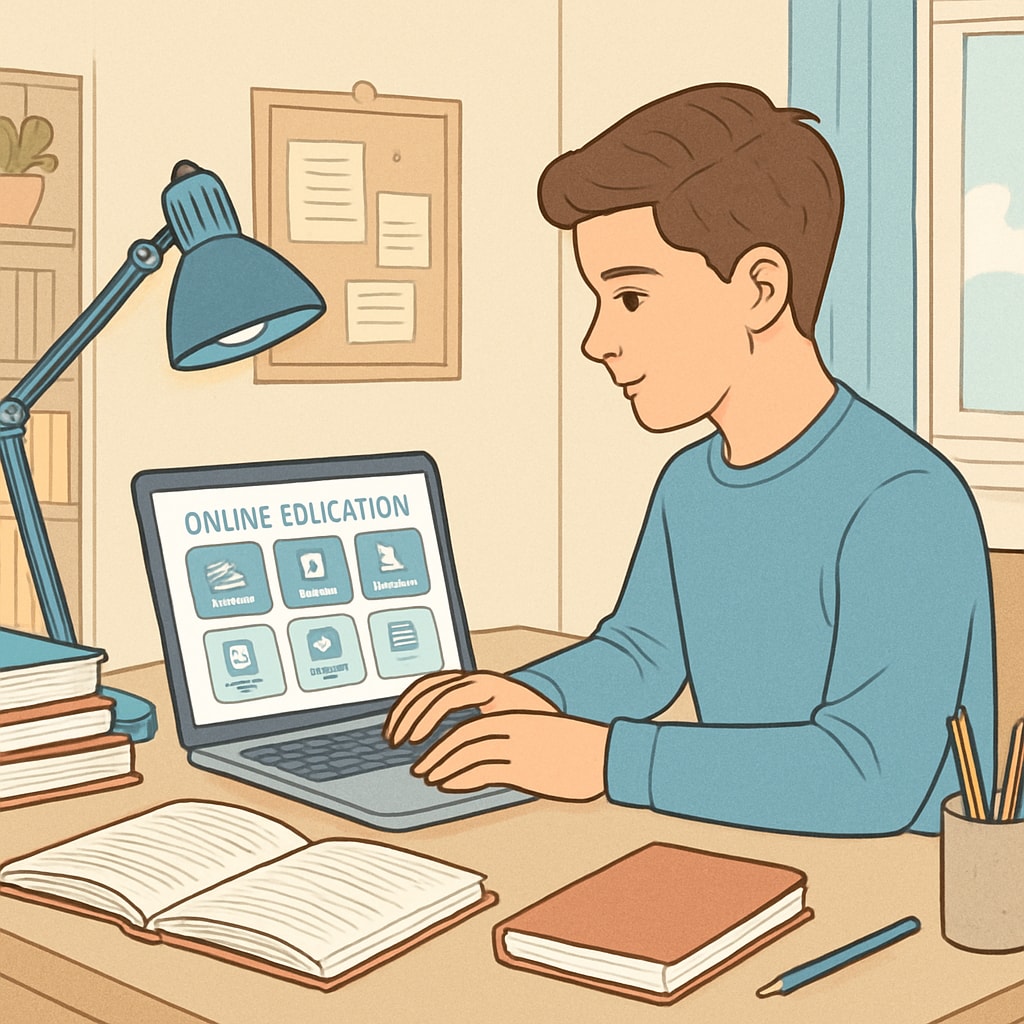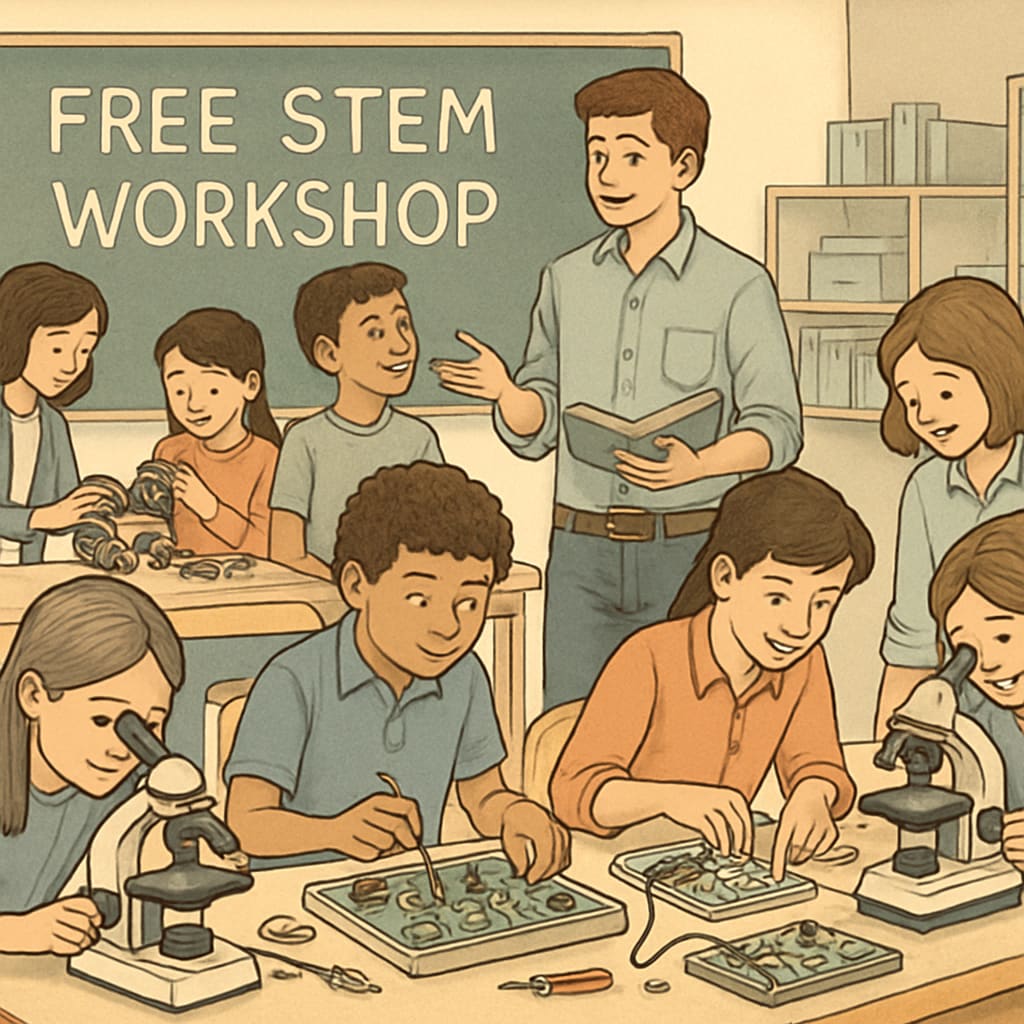In an age of growing academic competition, high school students must take the initiative to expand their learning beyond traditional classrooms. Exploring quality educational resources, participating in extracurricular activities, and engaging with external learning opportunities can help students broaden their horizons and develop critical skills. This guide provides practical strategies for finding free and paid educational programs that can significantly enhance a student’s academic and personal development.
Why High School Students Should Look Beyond the Classroom
Traditional education often focuses on core subjects and standardized testing, but the modern world demands a more well-rounded skill set. Seeking external resources helps students:
- Gain exposure to diverse subjects not covered in school.
- Develop critical thinking and problem-solving abilities.
- Explore potential career paths and personal interests.
- Build connections with mentors and peers outside their immediate environment.
For instance, platforms like edX and Coursera offer courses designed by top universities, allowing students to study advanced topics at their own pace.

How to Find Free Educational Resources
Not all quality resources come with a price tag. Many organizations and platforms provide free educational opportunities for high school students. Here are some effective ways to find them:
- Online Learning Platforms: Websites like Khan Academy and FutureLearn provide free courses in various subjects, from mathematics to history.
- Public Libraries: Many libraries offer free access to academic journals, e-books, and online courses.
- Nonprofits and Community Programs: Organizations such as Code.org and STEM initiatives often provide free workshops and events.
- Educational YouTube Channels: Channels like CrashCourse and Veritasium deliver high-quality educational content in engaging formats.
These resources can be an excellent starting point for students looking to enhance their knowledge without financial constraints.

Exploring Paid Educational Opportunities
For students seeking specialized training or advanced programs, paid resources can be a worthwhile investment. Some options include:
- Summer Schools: Prestigious institutions often offer summer programs in subjects like robotics, creative writing, or pre-med studies.
- Tutoring Services: Platforms like Wyzant and Tutor.com connect students with experienced tutors for personalized support.
- Test Prep Courses: Companies like Kaplan and Princeton Review provide structured programs for SAT, ACT, or AP exam preparation.
- Specialized Workshops: Programs in coding, art, or public speaking can help students develop specific skills.
Though these resources require financial investment, they often provide unparalleled access to expert instruction and networking opportunities.
Balancing Schoolwork and Extracurricular Learning
While exploring educational resources, students must maintain a balance between schoolwork and extracurricular activities. Here are some tips to manage time effectively:
- Set clear priorities and allocate specific time slots for external learning.
- Choose programs that align with your academic and career goals.
- Use tools like planners or apps to track deadlines and commitments.
- Communicate with teachers and parents to ensure they understand your goals.
By managing their time wisely, students can maximize their potential without feeling overwhelmed.
In conclusion, high school students have a wealth of opportunities to enhance their education beyond the classroom. By leveraging free and paid resources, they can develop important skills, explore new interests, and prepare for future success. Whether through online platforms, workshops, or summer programs, the key is to take the initiative and stay committed to continuous learning.
Readability guidance: This article uses short paragraphs and lists to improve clarity. Transition words like “however,” “in addition,” and “for example” are incorporated for better flow. Passive voice and long sentences are minimized for enhanced readability.


